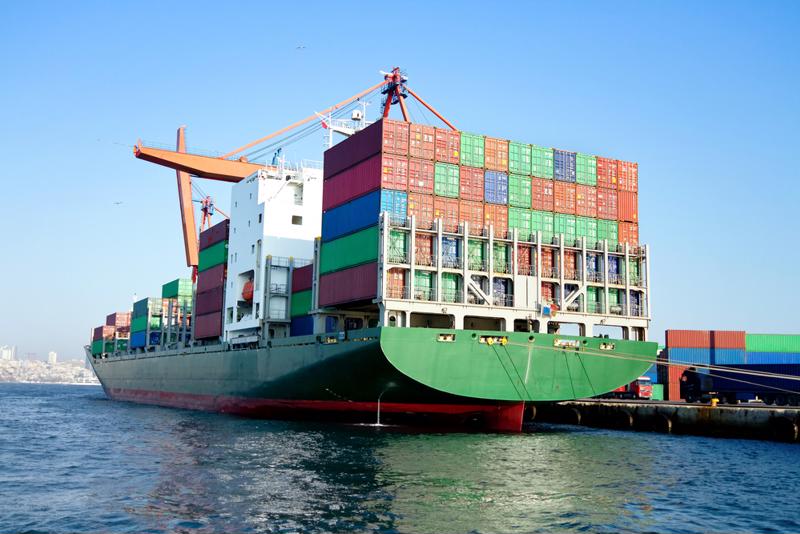I believe that the health of a department depends on the strength of their systems – especially in the realms of procurement and strategic sourcing. As a consultant with over 10 years of experience, I’ve worked within the procurement departments of numerous, global organizations. These days, I can quickly assess whether a team will meet its goals simply by understanding which systems (if any) they have in place.
The truth is: when the proper systems are put to work, everyone’s work life is better. When they aren’t, everyone’s work life is hell.
In a previous role, I experienced first-hand what it was like to work on a procurement team with little to no systems. Instead of complaining at the virtual watercooler with my colleagues about how messed up things were, I chose to do something. I decided to advocate for the implementation of more solid systems. And since this article is designed to help you understand the reasons why things like this are critical to the success of your teams, let’s just jump right in:
1. Strong systems dramatically reduce email inbox clutter and instant message pings
Being a successful
strategic sourcing professional requires focus. One must properly prioritize
their ever-growing to-do list and expertly manage their time.
In my 10+ year career,
I’ve found email and instant messaging to be one of the biggest time drainers.
Still, as a team it’s important to have multiple channels of communication
because things can and often do change in an instant. Essentially, striking
balance in how much time you spend communicating with your team is critical to
the success of any strategic sourcing team. After all, no one can get work done
if they’re constantly wading through email or if they often have to divert
their attention to answer a “quick question” via instant message.
At my former organization,
I quickly realized the procurement team was very unorganized. Some members of
the team saved contracts and other important documents to their desktop or
personal One Drive. Other members of the team saved files in shared folders
like BOX, or on the Teams site. However, everyone on the team didn’t have full
access to all items in the BOX drive, which hampered productivity severely. For
instance, if I needed to see current contracts to understand the history of a
vendor relationship, I would have to reach out directly to a member of the
team. However, oftentimes, that team member would inform me that they didn’t
have access to said contract. This would result in hours of wasted time
attempting to track down where the contract was saved. This became very
frustrating, because internal stakeholders who inquired about specific
information within a contract would have to wait an unreasonable amount of time
to get an answer to a basic question, which didn’t reflect well on the
Procurement team.
That’s why strong systems are important and need to come into play. When everyone is on the same page, knows where all the files are, knows who is working on what, teams are more productive. There’s less time and energy spent on reaching out to ask and answer the same repetitive questions and more time spent getting things done.
I implemented a centralized
hub: a Procurement Tracker and Contract Repository that innovated the way the
procurement team communicated, managed vendor and stakeholder relationships, shared
information, and stored contracts.
The new system I created tracked the Supplier Name, Vendor Contact Name and Email, Title/Purpose of Project, the Internal company the Supplier’s Location, Country in which the work is being performed, the Region in the country, the Level of Urgency, the Current Steps Taken in the project, the Next Steps to be completed, the Date the project was assigned to me, the Date the contract was Executed, the Expiration of the contract, the Dollar Value of the contract, Budget Approval status, Funding Approval status, Savings (if any) of the project, the Type of Document being executed (i.e. MSA, SOW, Order Form, etc.), who the Internal Stakeholder is, and their Contact Information, Vendor Onboarded status, and where the signed contract would be stored (i.e. Teams, Box).
I did this because I knew everyone on the team needed to know where to locate important documents like contracts and invoices at a moment’s notice. There’s nothing more frustrating than not being able to find a file to reference while on a call with a stakeholder or vendor.
3. Strong systems create solid teams who communicate well
I know no one particularly
leaps for joy at the thought of attending meetings but having strong systems in
place makes them more effective (and shorter!).
Before implementing new
systems at my previous organization, I noticed many team members worked in
silos and rarely met as a collective to debrief and request help. When we would
meet, there were multiple instances where we discovered redundancies because
there were team members often working on the same tasks or projects
unknowingly. This was another red flag that I brought to leadership’s attention.
So, I introduced the idea
of consistent weekly meetings, which became extremely important because the
time together allowed us to calibrate, and back someone up if they were out of
the office. Nothing is fun about trying to cover a colleague out of the office
if you don’t know what they’re working on! It’s almost like drinking out of a
fire hose.
Communication is a core reason why many teams fail and succeed. The best systems make it so that communication between team members isn’t overwhelming or even frivolous, but instead intentional and impactful.
































